Etchings
Always Reaching, Darlene
Género : Terror
Tiempo de ejecución : 3M
Director : Rhett Redel, Austin Pierce
Escritor : Rhett Redel, Austin Pierce
Sinopsis
An experimental piece that obscures the lines between nostalgia and the surreal.

Recopilación que incluye seis de los trabajos más experimentales e insólitos del director norteamericano: ficción, animación y drama en seis cortometrajes que ya anticipan el espíritu transgresor, las atmósferas oníricas y extrañas del visionario creador David Lynch. Los cortos incluidos son: Six Figures Getting Sick, The Alphabet, The Grandmother, The Amputee, The Cowboy and The Frenchman, Premonitions Following an Evil Deed.

Emma is a young woman who's yet to find herself. In the meantime, she has to deal with the high expectations that society has set for women.
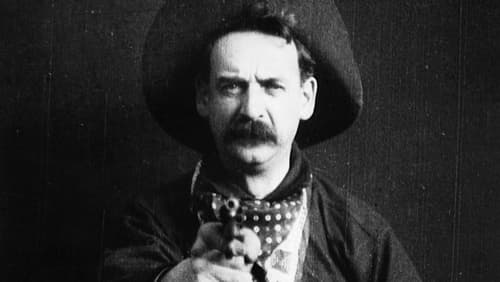
Narra el asalto a un tren por parte de unos bandidos. Escrita y dirigida por Edwin S. Porter, a quien se le atribuye en ocasiones la paternidad del cine de ficción, Porter trabajó en el estudio de Thomas Alva Edison, creando la que sería la primera película estadounidense importante. De 8 minutos de duración, "Asalto y robo de un tren" influyó de forma decisiva en el desarrollo del cine porque incluía innovaciones como el género escogido (western) y sobre todo el montaje de escenas filmadas en diferentes momentos y lugares para componer una unidad narrativa. Al hacer esto, Porter inició el montaje, uno de los fundamentos de la creación cinematográfica, proceso en el que diferentes fragmentos elegidos de las diversas tomas realizadas —o disponibles— se reúnen para conseguir un conjunto coherente.
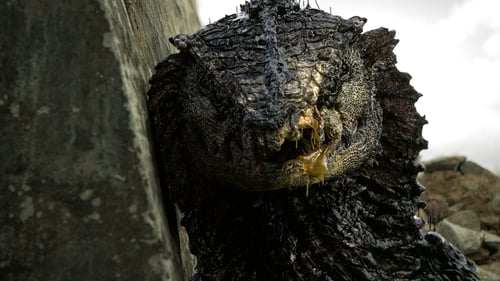
"Rakka" es la historia de la humanidad después de la invasión de una especie alienígena tecnológicamente superior. Desolados desgarradores e implacables, los humanos deben encontrar suficiente valor para seguir luchando.
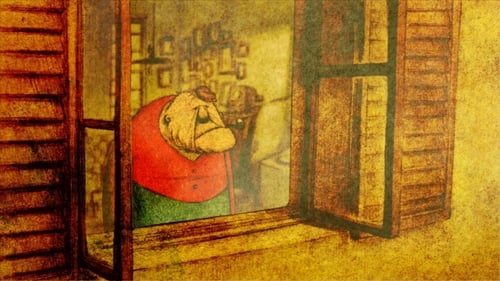
Un anciano vive en una ciudad casi inundada; así que continuamente debe construir una planta más sobre su apartamento debido al incesante crecimiento del nivel del agua. Al realizar la última mudanza, se le cae su preciada pipa y decide bajar a rescatarla. Cuando logra recuperarla, inicia un viaje retrospectivo a través de los mejores momentos de su vida.

Glimpses and sparkles of light lead us onto the dreamy path of a timeless place, immersed within ancient nature. There, the ancestors move beyond the darkness, seeking to create another (im)possible world.

Mockumentary experimental film, which shows one day in the life of a young man. The action takes place on the Day of Soviet Cosmonautics, April 12, one of the last years of the USSR. Outside the window, it is gradually getting warmer, the onset of spring is felt, promising hope for the possibility of changes in the country. The hero of the film is fond of space. The young man, who idolizes Gagarin, is engaged in reconstruction, making the uniform in which the cosmonaut walked in the prime of his glory. Our hero is also a film enthusiast. He makes films with stories of space flights and shows them to his friends. The film is stylized as amateur films of the 1980s and was shot on a 16-mm color film made by the company" Svema", made in the Soviet Union. The quality of this film allows the viewer to fully immerse themselves in the atmosphere of the time of the film, which is dedicated to Soviet cosmonautics and Edward D. Wood Jr.
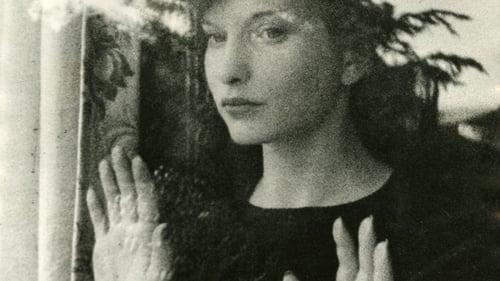
Una mujer (interpretada por la propia Maya Deren) explora sus propias imágenes interiores, a través de un sueño, donde los objetos ordinarios de su vida diaria consiguen un misterio sobrecogedor. Deren (1917-1961) explicó que quería "plasmar en la película la sensación que experimenta un ser humano sobre un incidente, más que grabar el incidente con precisión". Codirigido con su marido, el director de fotografía Alexander Hammid, "Meshes of the Afternoon", a través de sus múltiples lecturas y reinterpretaciones, pronto se erigió como uno de los films experimentales más importantes de todos los tiempos, y convirtió a Maya Deren en la voz preeminente del "avant-garde cinema" de los Estados Unidos en los años 40 y 50, influyendo en directores como Jean Cocteau, Luis Buñuel o David Lynch. El film lo adquirió el MoMA -The Museum of Modern Art- de Nueva York.
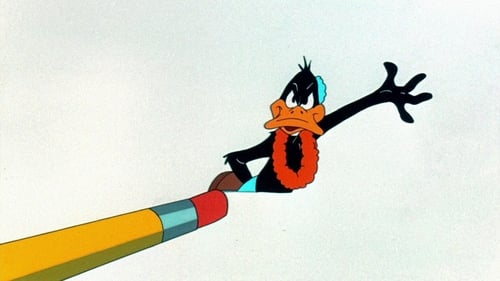
Duck Amuck es un cortometraje animado de 1953 producido por Warner Bros. como parte de la serie Merrie Melodies y es protagonizado por el Pato Lucas, quien es atormentado por un anónimo animador que cambia constantemente los fondos, ropa, voz, apariencia e incluso forma del pato. El animador cambia todo a medida que Lucas trata de poner orden, e incluso mal interpreta sus demandas.

Investigating autumn, temporal alterations, and their effect on movement
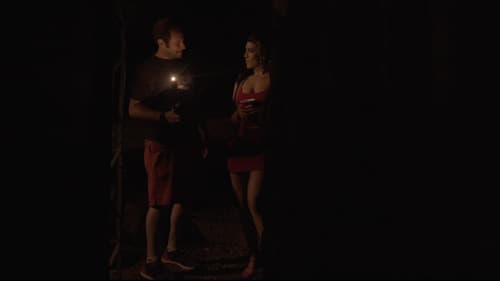
A costume designer is sent to the Catskills for an interactive theatre piece set in the 1920s. When she arrives things seem dark, strange and off. She soon realizes she is part of a student film.
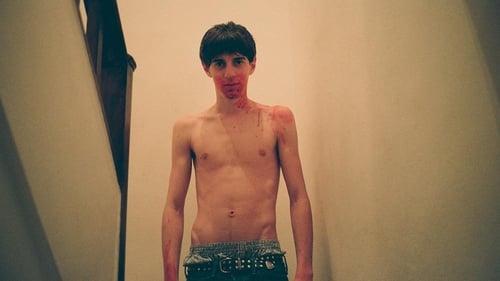
Profesor en una escuela de idiomas, cuando el horario laboral ha terminado, Carlos se pasea por la zona de cruising de Montjuïc. Allí encontrará a Toni, uno de sus estudiantes, un chico que parece distinto a todos los demás y por el que Carlos comenzará a sentir atracción, dando pie a una cinta con una envolvente banda sonora de Don the Tiger.

CREMASTER 4 (1994) adheres most closely to the project's biological model. This penultimate episode describes the system's onward rush toward descension despite its resistance to division. The logo for this chapter is the Manx triskelion - three identical armored legs revolving around a central axis. Set on the Isle of Man, the film absorbs the island's folklore ...
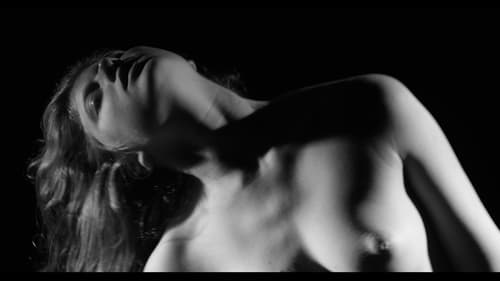
Amor y Asfixia explora la relación entre el cuerpo y la danza a través del amor. La danza se convierte en un vehículo para mostrar las diferentes fases del amor. Consta de tres escenas que buscan desmontar ciertos estereotipos sociales vinculados al cuerpo de la mujer y su papel en la danza. Amor y asfixia es un cortometraje que experimenta con el cuerpo humano para iniciar una discusión más amplia.

A young man and his dog encounter a sinister force while on a walk through the woods.

A visual representation, in four parts, of one man's internalization of "The Divine Comedy." Hell is a series of multicolored brush strokes against a white background; the speed of the changing images varies. "Hell Spit Flexion," or springing out of Hell, is on smaller film stock, taking the center of the frame. Montages of color move rapidly with a star and the edge of a lighted moon briefly visible. Purgation is back to full frame; blurs of color occasionally slow down then freeze. From time to time, an image, such as a window or a face, is distinguishable for a moment. In "existence is song," colors swirl then flash in and out of view. Behind the vivid colors are momentary glimpses of volcanic activity.

A cheerful parking attendant considers it his job to do more than validate parking. He wants to validate the customers themselves, delivering compliments about their appearances and the inner qualities behind them. Everyone who comes up to him with a ticket walks away validated as a worthwhile human being. Soon, the parking attendant becomes so popular that people line up for validation...

A Japanese fairy tale meets commedia dell'Arte. All in white, the naïf Pierrot lies in a wood. Doo-wop music plays as he rises, stares about, and reaches for the moon. Although music abounds and the children of the wood are there at play, Pierrot is melancholy and alone. Harlequin appears, brimming with confidence and energy. He conjures the lovely Colombina. Pierrot is dazzled. But can the course of true love run smooth?
Filmed in France in 1950, it was not completed nor released until 1971

This hand-painted work is easily the most minutely detailed ever given to me to do, for it traces (as best I'm able) the hypnagogic after-effect of psychological cathexis as designed by Freud in his first (and unfinished) book on the subject - "Toward a Scientific Psychology." (SB)
















